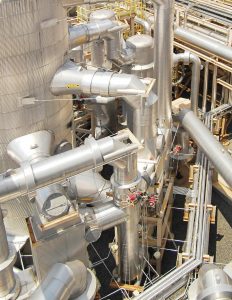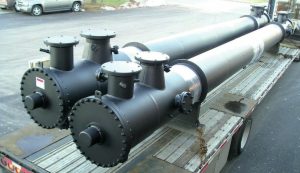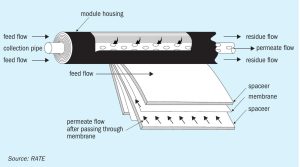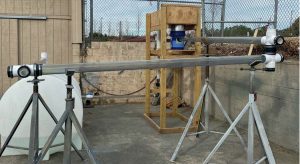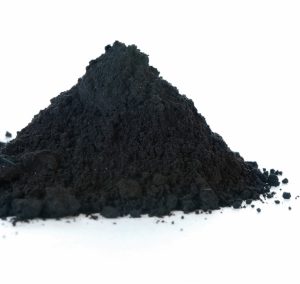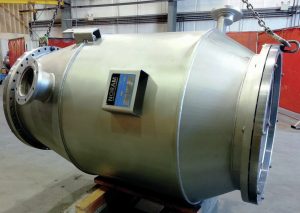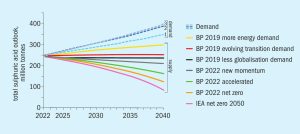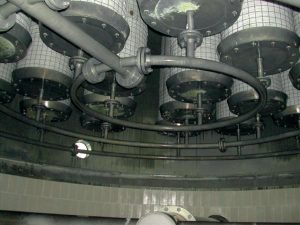
The art of candle filter wetting
When candle filter mist eliminators installed in the absorption towers in sulphuric acid plants are not sufficiently wet, problems can occur such as free SO3 at the stack, NOx issues and emission non-compliance. Begg Cousland Envirotec discusses how these problems can be overcome by the installation of an annular wetting ring solution.

